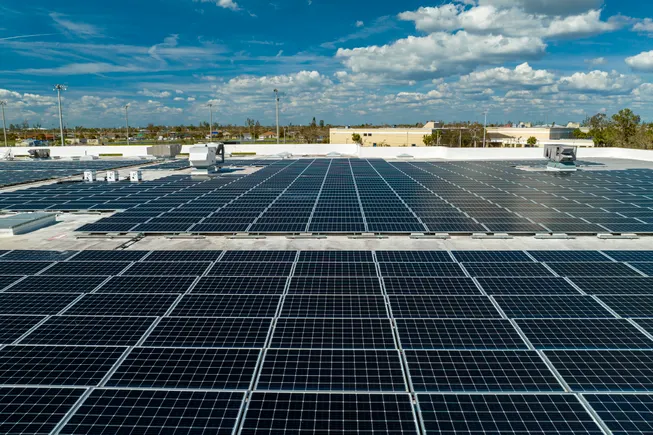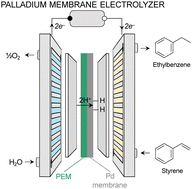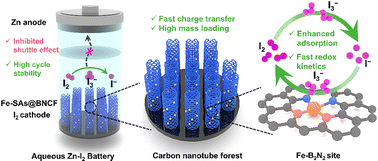Impact of Cathode Microstructure on Sulfur Redox Kinetics in Lithium–Sulfur Batteries
Advanced Energy Materials, EarlyView.

The morphology and particle size of a ketjenblack/sulfur composite (SD-KB/S) are controlled to optimize the cathode microstructure. After deconvoluting the cell overpotential, the activation overpotential is revealed to be notably reduced for an SD-KB/S electrode; the concentration overpotential emerges as a prominent barrier at the potential-limiting Li2S nucleation step, thus unveiling the need to also address diffusional limitations.
Abstract
Lithium–sulfur (Li–S) batteries offer high theoretical energy density and employ earth-abundant sulfur, making them a promising next-generation energy storage technology. Although essential for practical energy densities, high sulfur loadings, and lean-electrolyte contents lead to poor sulfur kinetics/utilization and cycle life. This study highlights the critical role of electrode microstructure in resolving these challenges. The particle morphology and size of a ketjenblack/sulfur composite are controlled through a scalable spray-drying procedure (SD-KB/S), producing an optimized cathode structure with uniform sulfur distribution and enhanced mechanical integrity with minimal electrode cracking. At a sulfur loading of 4 mg cm−2 and an electrolyte-to-sulfur (E/S) ratio of 6, SD-KB/S cathodes exhibit stable cycling performance, retaining a capacity of 768 mA h g−1 after 100 cycles, contrasting severe capacity fade with conventional electrodes. A cell overpotential deconvolution unveils that the activation overpotential (typically the largest barrier in conventional cells) is notably reduced in SD-KB/S cells. Although the concentration overpotential is also reduced with SD-KB/S, it becomes a prominent contributor to cell polarization, revealing the need to consider diffusional limitations in practical Li–S batteries. This work emphasizes the importance of advancing electrode and catalyst design concurrently—rather than sole catalyst development—to achieve high-performance and commercially viable Li–S batteries.




























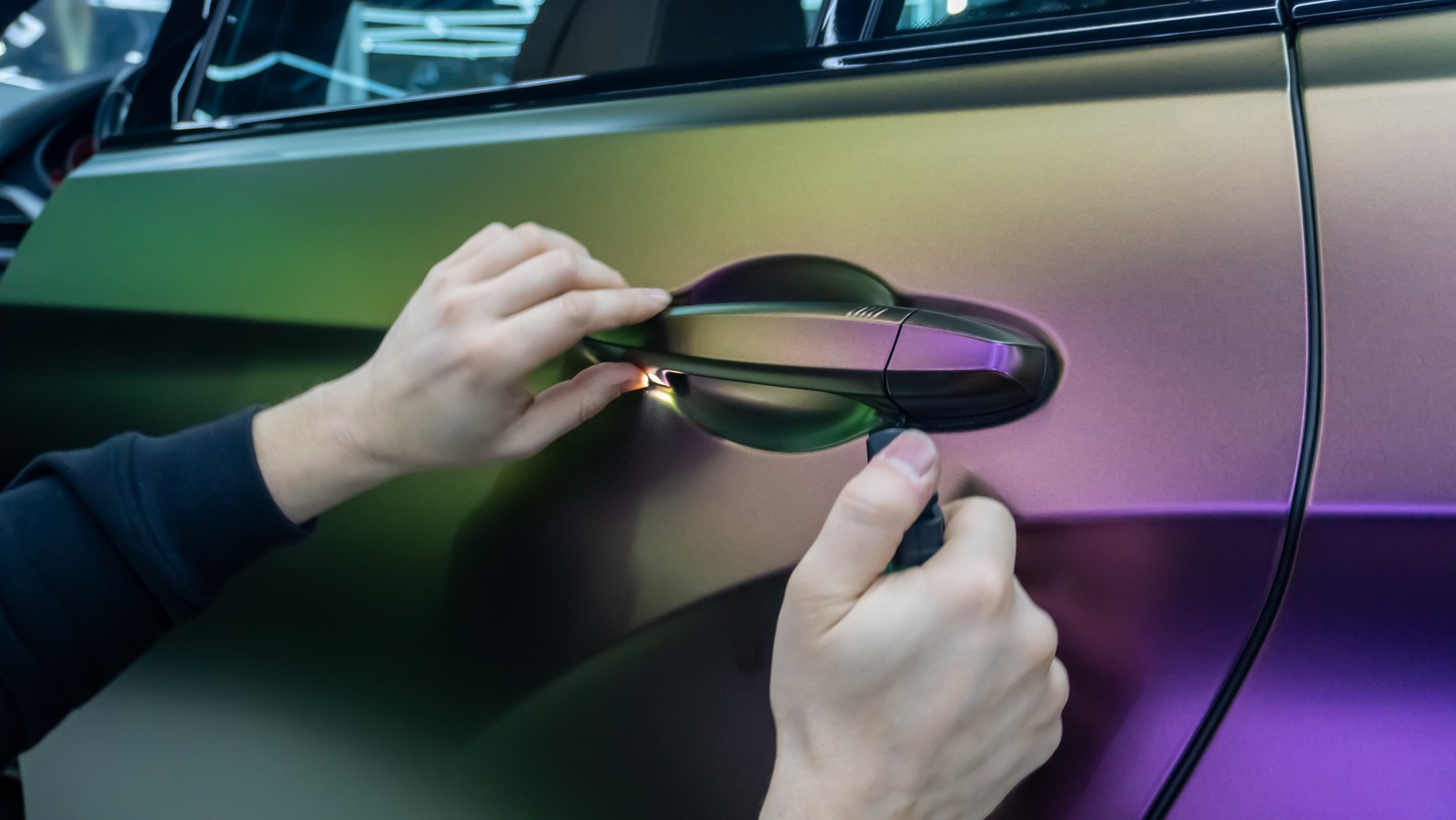

















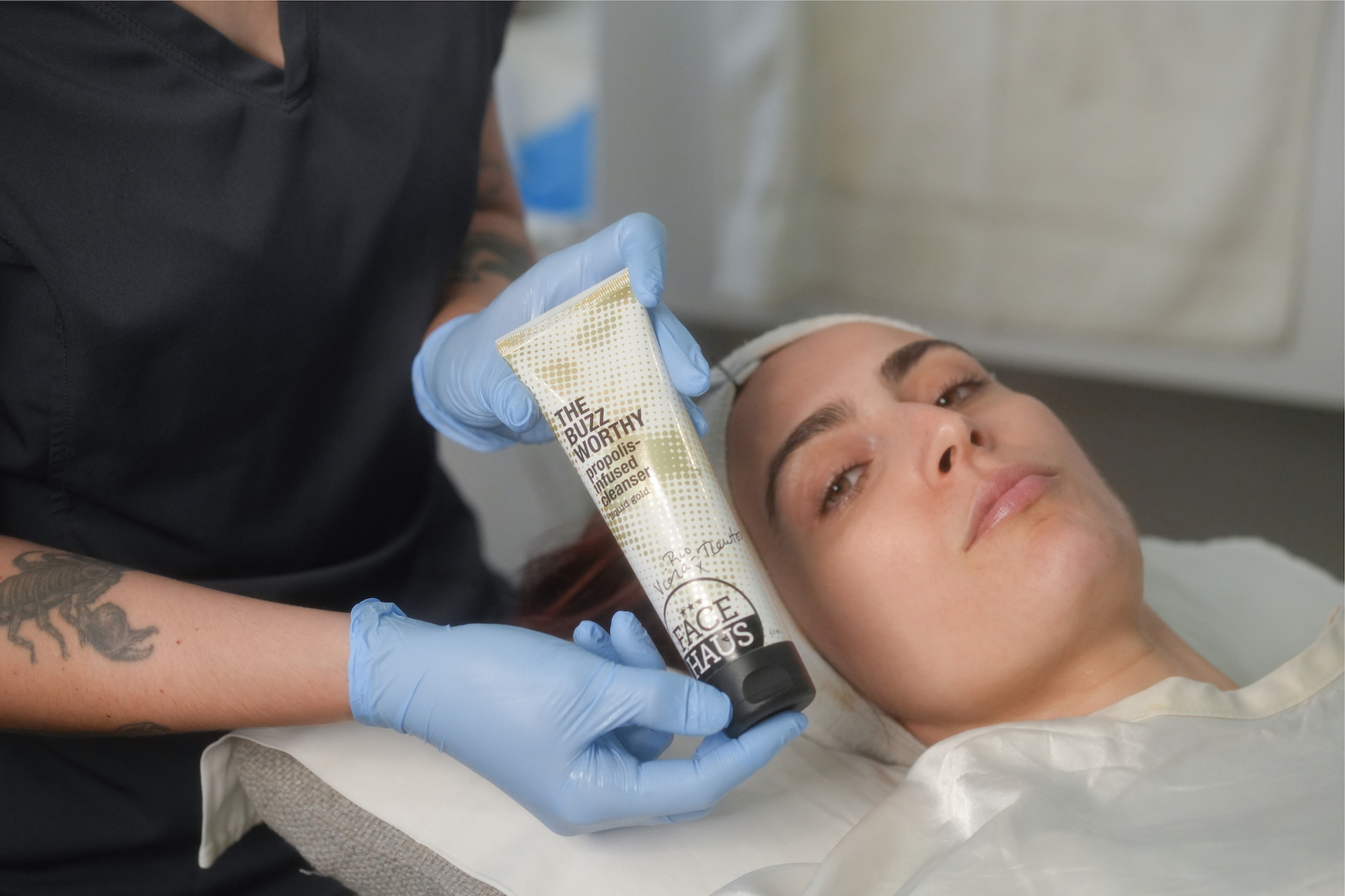
























































![[Updated] B-2 Spirit Bombers Struck Iranian Nuclear Sites](https://theaviationist.com/wp-content/uploads/2025/06/B2sGuam_2.jpg)











